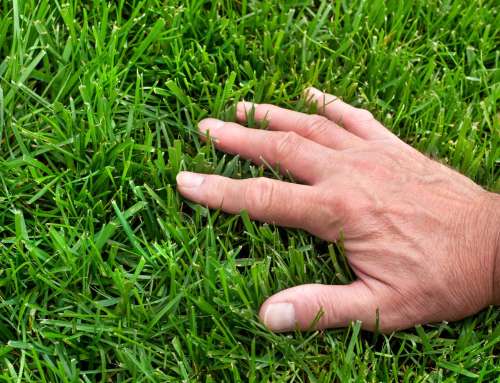Nothing screams fall louder than a display of chrysanthemums in jewel-toned shades of yellow, burgundy, and orange, along with deep majestic pinks and purples.
Chrysanthemums, or mums, are a type of daisy, which come in two types:
- Florist mums, which are annuals
- Garden mums, which are grown as perennials
The difference between a garden and a florist mum comes down to its hardiness. Garden mums are typically the varieties you would plant outdoors in your garden. Florist mums are used solely for potted plants and are not suited for transplanting outside.
There are hundreds of varieties available in various shapes and sizes that can provide blooms from late summer through fall. Mums are hardy plants that can withstand the changing climate of fall while adding pops of color to your porch and yard. Most mum plants are easy to grow with their basic needs being full sun, rich soil, good drainage, and good air circulation. Mums can be planted in containers or in the ground.
Hardy mums are drought-resistant, don’t generally get a lot of diseases or attract pests, and are very low maintenance. Mums come in several different categories, each with particular characteristics and varieties of its own. They include:
- Anemone: This group features long, flat petals on blooms that reach a maximum size of around four inches. Varieties include the light purple ‘Dorothy Mechen’ and ‘Adrienne Mechen,’ which have flowers with a pink center that fades to bright white tips.
- Pom Pom: These fluffy mums are also known as button mums. All varieties produce compact blooms in various colors. Some common types include ‘Patriot,’ ‘Garnet,’ ‘Tinkerbell,’ and ‘West Point.’
- Spoon: Named for its spoon-shaped petals, this type of mum grows petite flowers of just four inches in diameter. Popular varieties include ‘Kimie,’ featuring yellow-gold petals, and ‘Matchsticks,’ which have yellow centers that end dramatically in bright red “spoons.”
Mums are technically perennials, but a lot depends on when you plant them. If you want your mums to come back next year, you need to plant them in the spring-like other perennials. Spring planting will allow the mum root systems to be established before the ground freezes. However, if you wish to transplant your hardy mums from a container to your garden, be sure to do it before the first frost of the season. Also, make sure you plant them in a location that gets about six hours of sun per day and has well-draining soil. Do not fertilize mums in the fall, as this can negatively affect blooming.
Don’t prune fall-planted mums. The wilted brown foliage will act as protection from the harsh winter cold. After the first frost, mulch mums generously. Since they have a shallow root system, a thick layer of covering will do wonders for winter protection.





